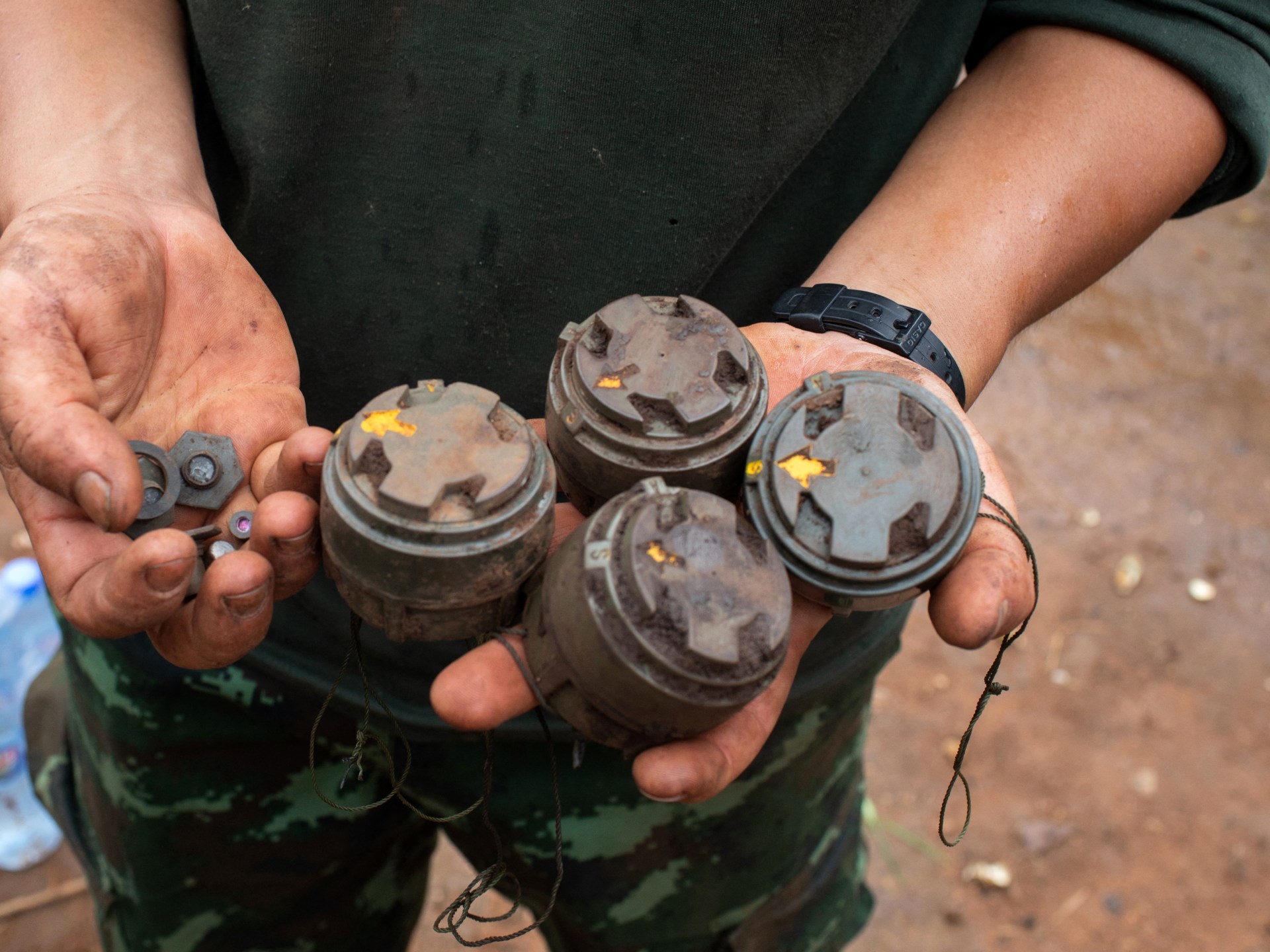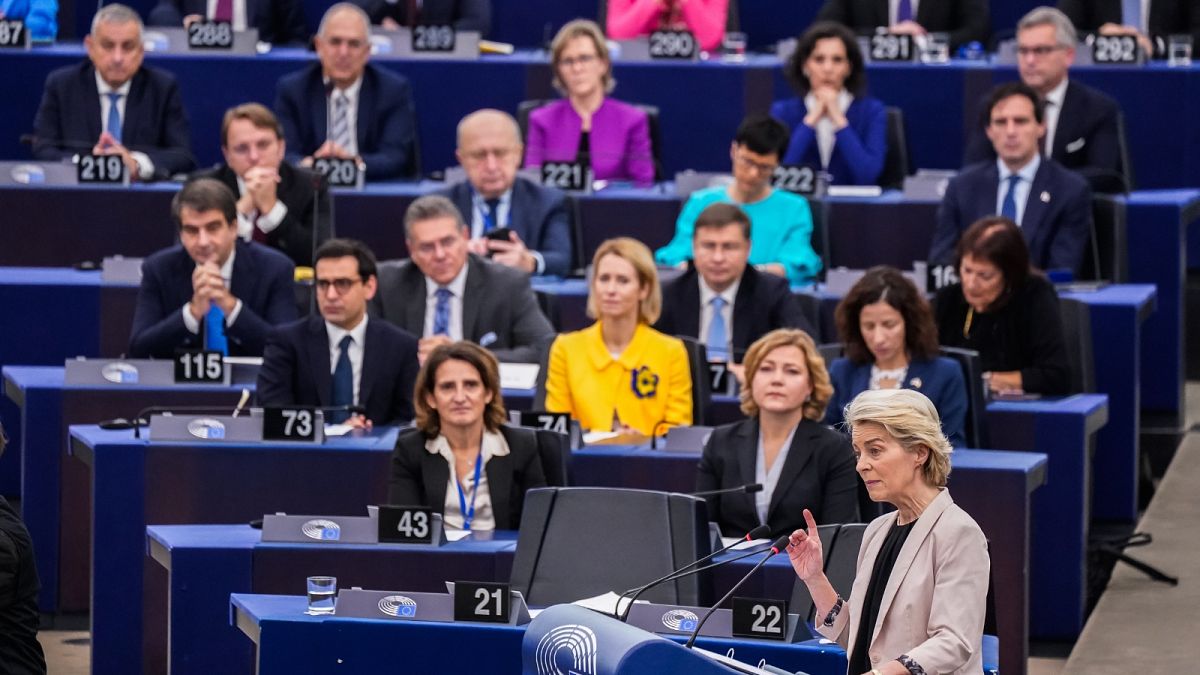A US-brokered ceasefire between Israel and Hizbollah appeared to be holding on Wednesday morning, raising hopes that some of the more than 1mn Lebanese civilians displaced by the conflict would be able to return home.
The deal, which took effect at 4am local time, was described by US President Joe Biden as “designed to be a permanent cessation of hostilities”.
Thousands of evacuated residents attempted to return to their homes in Beirut’s bombed-out southern suburbs on Wednesday, as the Lebanese government gave its official backing to the ceasefire.
“Today we begin the process of rebuilding what was destroyed,” said Lebanon’s Prime Minister Najib Mikati. “Despite the great pain and this great catastrophe that afflicted the nation . . . it is a new day.”
But in a sign of the fragility of the deal, the Israel Defense Forces issued an “urgent message” to the residents of southern Lebanon, warning them not to return to their villages or approach Israeli forces.
An Israeli security official said the country’s jets were still patrolling over Lebanon and that ground troops were positioned inland and “prepared for any developments and any violations”.
He added that since the morning there had been “several instances” in which “suspicious people” had come close to Israeli troops, who responded with warning fire.
The official said such “isolated events” could recur in coming hours “until people understand what’s happening on the ground”.
The Lebanese army also called on civilians to wait before returning to “occupied territories” in the south of the country and to exercise caution due to unexploded ordnance in other areas.
More than 1mn Lebanese people have been displaced by the fighting, which was triggered when Hizbollah, the Iran-backed militant group, began firing into northern Israel in the days after Hamas’s October 7 2023 attack from Gaza.
About 60,000 Israelis have also been evacuated from the north of their country due to Hizbollah rocket, missile and drone fire.
During the conflict, more than 3,700 Lebanese and more than 140 Israelis have been killed.
The offensive dealt a series of devastating blows to Hizbollah, killing its longtime leader Hassan Nasrallah and damaging large amounts of its weapons and infrastructure, as well as destroying broad swaths of the country’s east and south.
In a pre-recorded video message on Tuesday evening, Israeli Prime Minister Benjamin Netanyahu said the objective of the war had been to return northern Israeli residents to their homes. But he stopped short of calling for them to do so immediately.
Northern Israeli mayors and regional council heads had blasted Netanyahu on Tuesday for agreeing the deal with Hizbollah.
Under the terms of the agreement, announced by Biden and approved by Israel’s cabinet, the IDF will gradually withdraw from Lebanon over a period of 60 days and be replaced by the Lebanese army.
The Lebanese government is formally required to “prevent Hizbollah and all other armed groups in the territory of Lebanon from carrying out any operations against Israel”, while Israel is obliged “not to carry out any offensive military operations against Lebanese targets”.
Hizbollah will be barred from rebuilding its infrastructure in southern parts of Lebanon. The group’s fighters are meant to move mainly north of the Litani river, which runs up to 30km from the Israel-Lebanon border.
The deal is based on UN Security Council Resolution 1701, which ended the previous Israel-Hizbollah war in 2006, but was never properly implemented.
Hizbollah has accepted the ceasefire agreement, according to people involved in the negotiations.
Iran also welcomed the ceasefire, despite previously insisting that Israel had to end its war against Hamas in Gaza before the hostilities could stop.
Hizbollah is the most powerful force in the Tehran-led “axis of resistance”, an umbrella of militant groups that began launching attacks against Israel in solidarity with Hamas.
Hamas itself issued a statement commending Hizbollah’s “immense sacrifices” and the “pivotal role” it had played over the past year’s hostilities, but stopped short of praising the ceasefire.
Biden said the US and France would work with Israel and Lebanon for this week’s deal to be fully implemented, adding there would be no US troops deployed in southern Lebanon.
He added that his administration would pursue an effort to revive talks among Turkey, Egypt, Qatar and Israel on a Gaza ceasefire.
Mike Waltz, the national security adviser of president-elect Donald Trump, has also hailed what he termed “concrete steps towards de-escalation in the Middle East”.
In parts of Dahiyeh, an area of Beirut where Hizbollah has a controlling presence, traffic was at a standstill, as people sought to return to their homes. Many waved both Hizbollah and Lebanon’s flags as they sang and shot guns in the air in celebration.
“As soon as the bombs stopped this morning, I came here,” said Hajj Amin, a 56-year-old notary public. “I just wanted to see with my own eyes what the enemy had done to my neighbourhood.”
Nabih Berri, speaker of the Lebanese parliament, called on his compatriots to “return to your land, for it will be glorified by your return to it, even if you live in the rubble of houses”.
Netanyahu said that “the duration of the ceasefire depends on what will happen in Lebanon”.
He also insisted he had reached “full understandings” with the US that Israel will maintain “full military freedom of action” in the event that Hizbollah breaks the terms of the deal.
“If Hizbollah violates the agreement and tries to arm itself, we will attack,” Netanyahu said. “If it tries to rebuild terrorist infrastructure near the border, we will attack. If it launches a rocket, if it digs a tunnel, if it brings in a truck with missiles, we will attack.”
Cartography by Cleve Jones























/cdn.vox-cdn.com/uploads/chorus_asset/file/25739950/247386_Elon_Musk_Open_AI_CVirginia.jpg)




